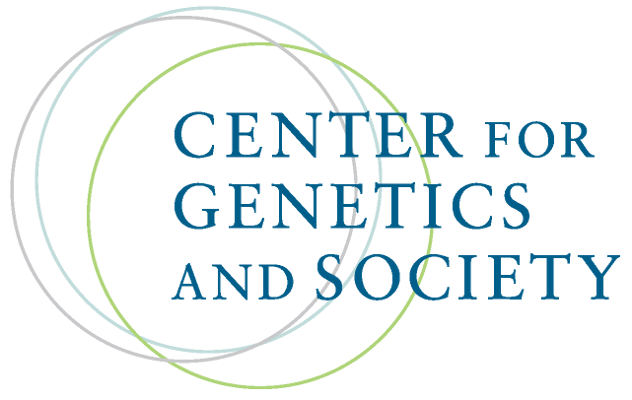Higher Risks for Artificially Conceived Infants
By Miriam Zoll, <i>Biopolitical Times</i> guest contributor
| 03. 12. 2014
Data about the risks involved in high-tech assisted reproduction have until recently been scarce. The industry naturally touts success rates and downplays failures, and the Centers for Disease Control and Prevention (CDC) has largely been restricted to sharing only self-reported data from clinics with the public. But this is changing—and families intending to use these technologies should be aware of the full implications of the statistics that are available.
Last month, for instance, the Society for Assisted Reproductive Technologies announced that a record number of babies were born – 61,740 – as a result of the 165,172 in vitro fertilization (IVF) cycles performed at 379 of its member clinics in 2012.1
On the surface, this announcement may be perceived as an endorsement for the success of reproductive medical services that have, undoubtedly, helped many couples over the last 35 years to bear the children they might otherwise not have been able to. As we celebrate the births of these babies, however, it is also important to recognize that the vast majority of IVF cycles continue to fail, and that...
Related Articles
By Jenny Lange, BioNews | 12.01.2025
A UK toddler with a rare genetic condition was the first person to receive a new gene therapy that appears to halt disease progression.
Oliver, now three years old, has Hunter syndrome, an inherited genetic disorder that leads to physical...
By Rachel Hall, The Guardian | 11.20.2025
Couples are needlessly going through IVF because male infertility is under-researched, with the NHS too often failing to diagnose treatable causes, leading experts have said.
Poor understanding among GPs and a lack of specialists and NHS testing means male infertility...
By Pam Belluck and Carl Zimmer, The New York Times | 11.19.2025
Gene-editing therapies offer great hope for treating rare diseases, but they face big hurdles: the tremendous time and resources involved in devising a treatment that might only apply to a small number of patients.
A study published on Wednesday...
By Aisha Down, The Guardian | 11.10.2025
It has been an excellent year for neurotech, if you ignore the people funding it. In August, a tiny brain implant successfully decoded the inner speech of paralysis patients. In October, an eye implant restored sight to patients who had...



